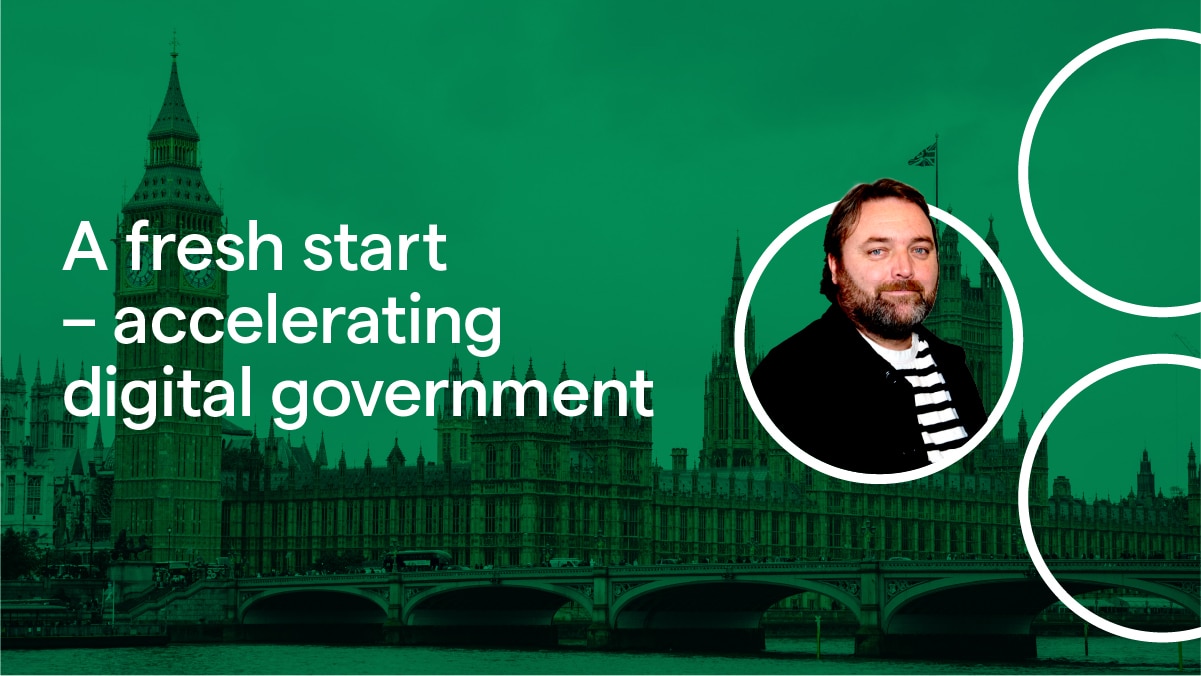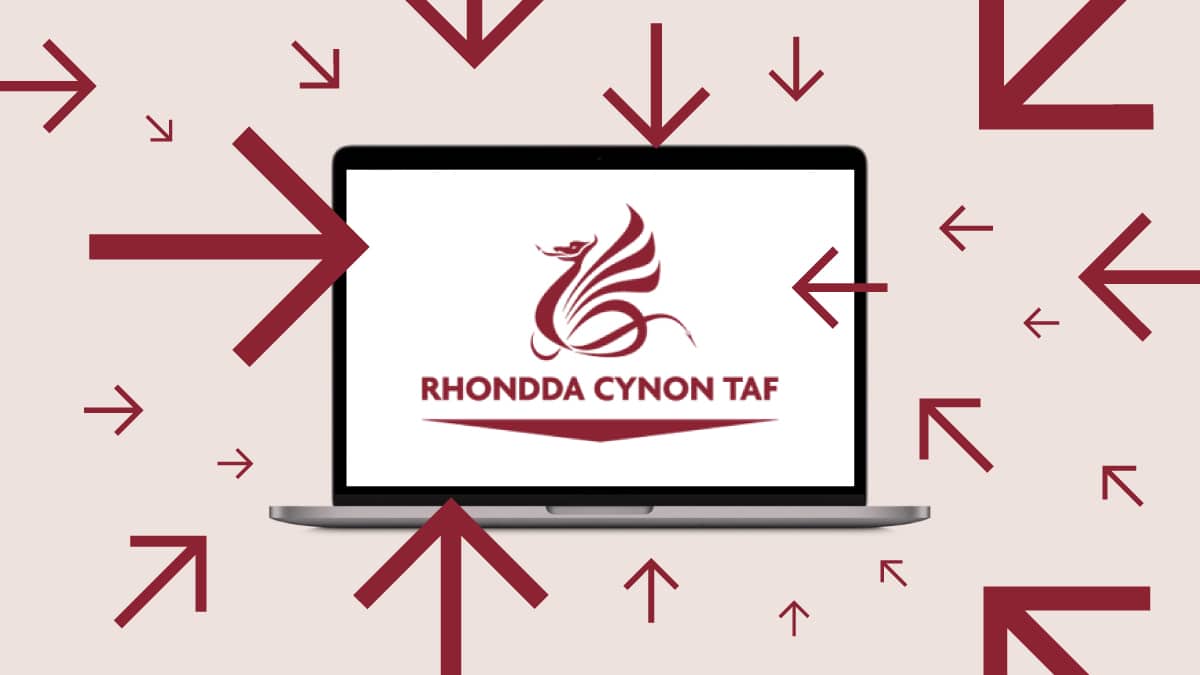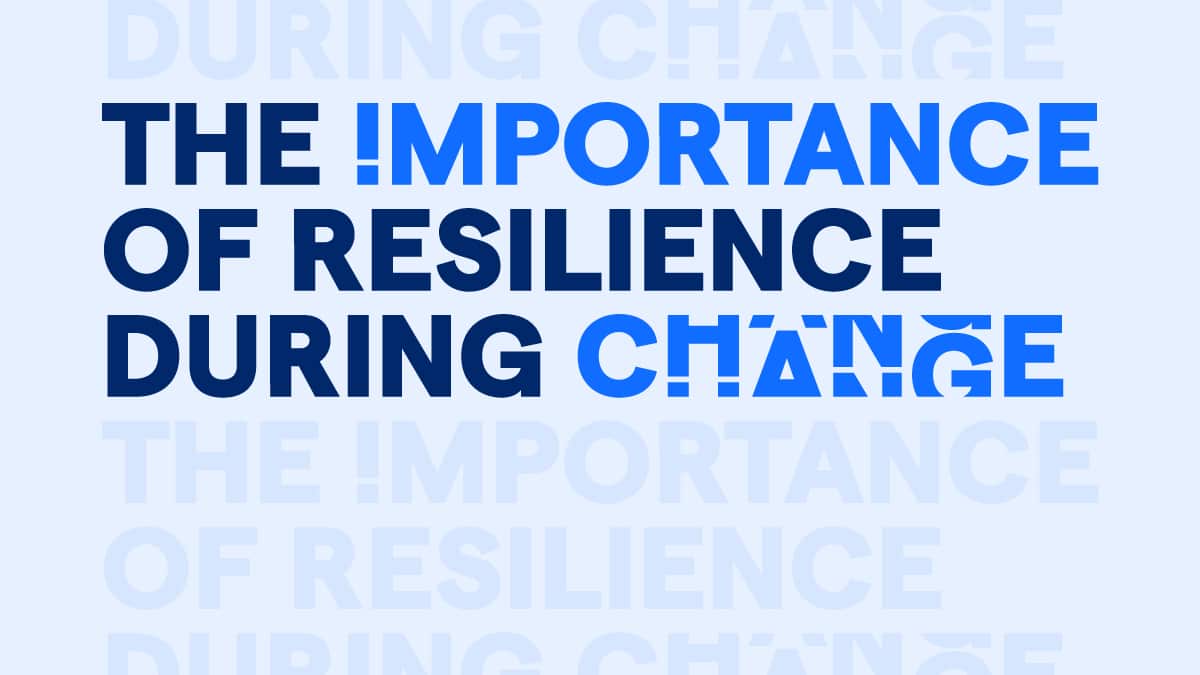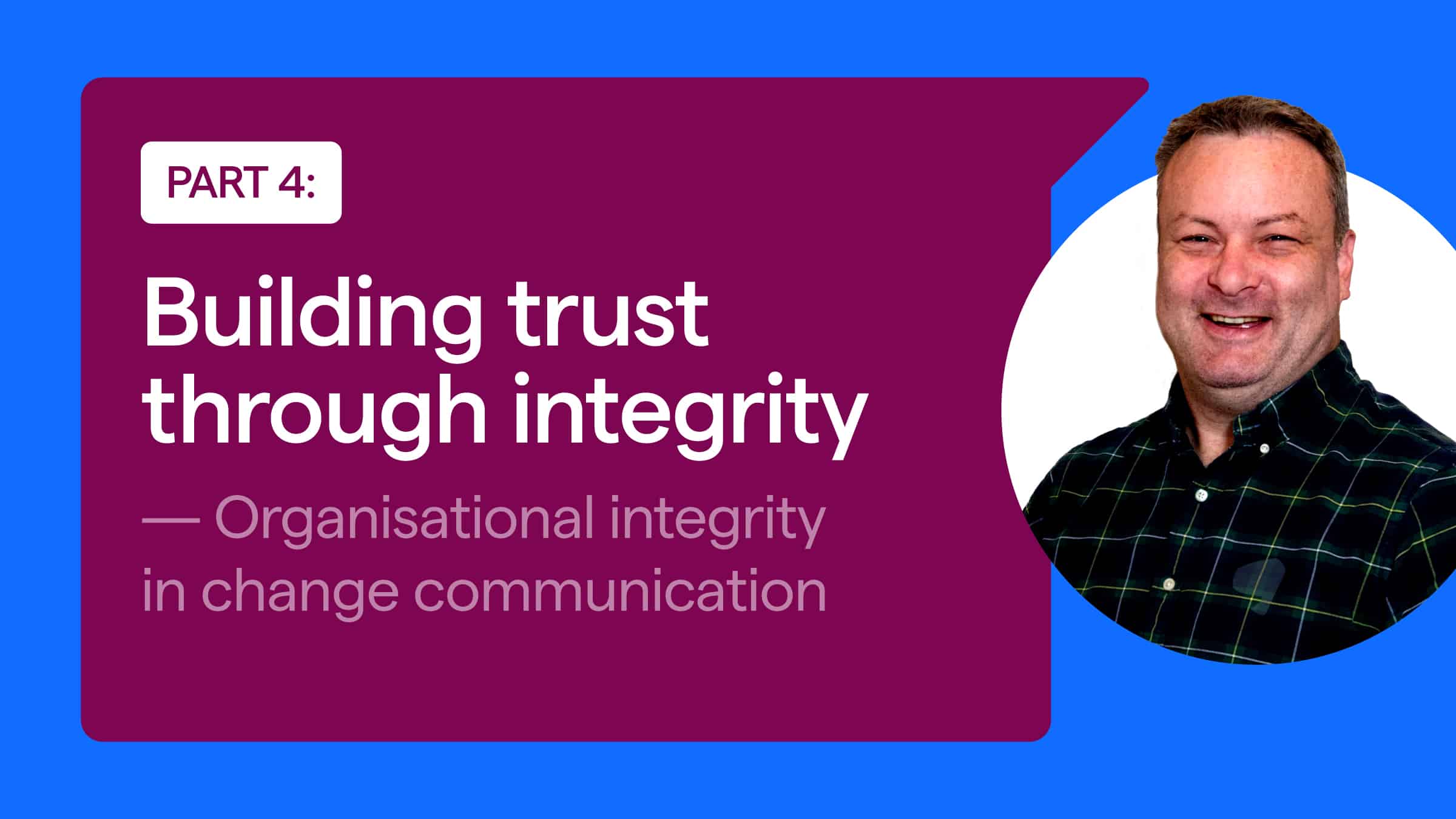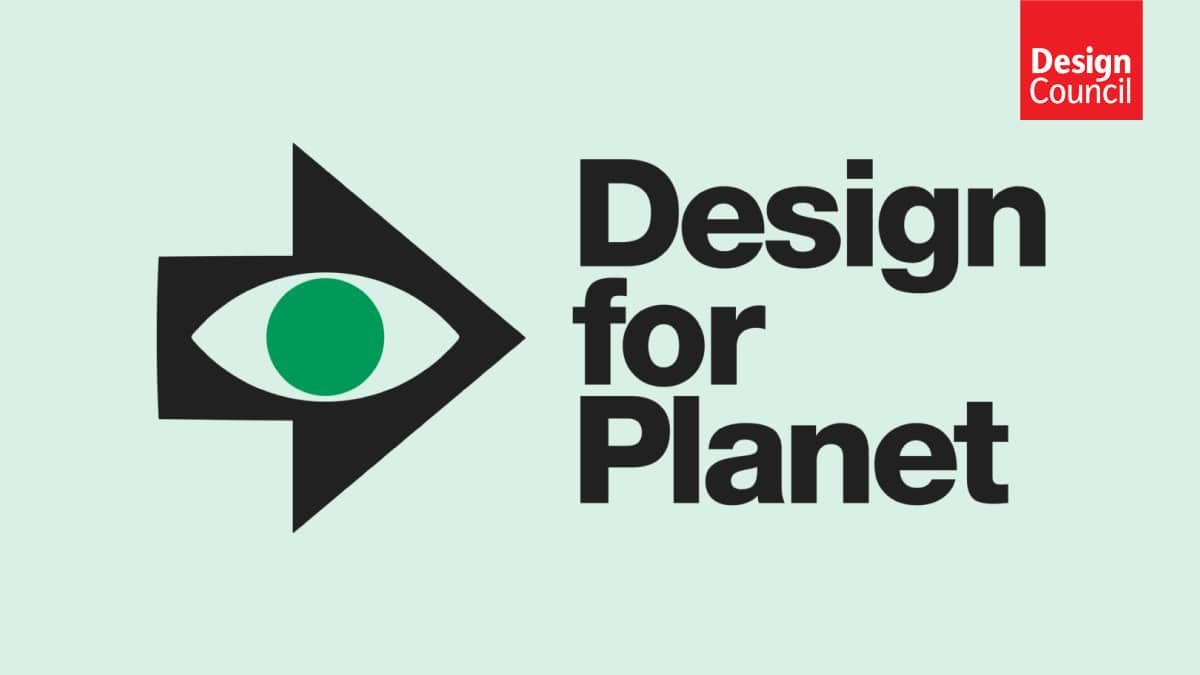Five top tips to build transformation teams
7 min read Written by: Chris Elias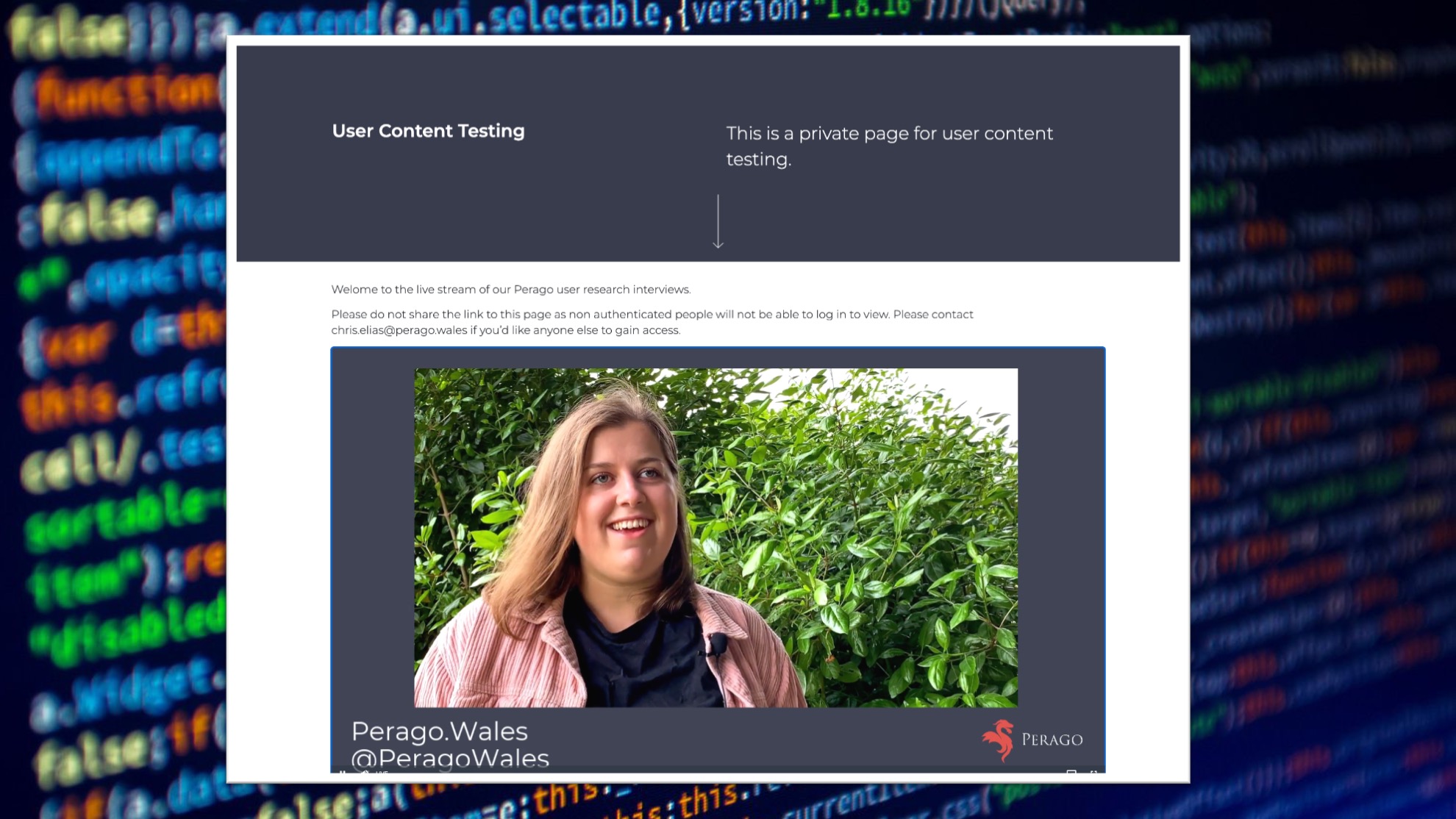
Over the last few months, the Perago team has expanded, I’ve joined from a comms background and Ben Moxon from a highly technical background as Tech lead. For those that know me, you’ll know I love using technology to offer solutions to common communications challenges – though if I’m honest, I know just enough to imagine the solution, but often not quite enough to execute it.
But last week changed that. When Jess, our Service Design and Research Lead called and highlighted a need to be able to conduct user research interviews ‘in private’ but to be able to allow our clients to also view the sessions to help them understand where users were struggling with a service.
This is where things got interesting.
I’ve done quite a lot of work with live streaming. The objective is often to reach large numbers of people with a reliable, steady stream so that people can communicate to those audiences easily and in an engaging way. Though the tools I’d used previously are designed to make things available easily to many people – and our need was to make sessions secure to a small group of people.
So, when discussing with Ben, I explained some of the technology I’d used previously, some of the technical aspects of broadcasting a live stream – and was excited by the speed at which he used his knowledge of coding, servers, and a lot of other stuff I will never understand, to develop our own in-house video service that can work with Zoom to receive the video stream of a meeting (using RTMP feature for those that are wondering…).
Building software and systems is what Ben excels at. We worked together closely for a couple of days and by the end of it we’d configured a private client area of our Perago.Wales site and installed a custom video player that could securely relay the content of the Zoom meeting Jess, and our user researcher Sarika, would conduct with users – this lets our clients see first-hand how they could be making improvements to their digital services.
As a communicator, I’ve often advised peers to ‘make friends’ with your IT teams and tech leads and engage them with the challenge you’re facing rather than just requesting individual fixes for things. I did this with the Team in Dwr Cymru Welsh Water and we achieved some great outcomes by collaborating on things that seemed impossible for either profession to achieve alone.
Having an understanding of technology is a great enabler for any role within a business, but when it comes to delivery, people like Ben, who understand the problem you’re trying to solve as well as having the know how to actually build things, test things, iterate – and laugh when a new iteration is actually worse than the last (yup we did that right in time for a team Show & Tell!) is a great thing to have for any communications person.
So I guess the point of me saying this is to just give 5 tips that I’ve reflected on over the last week:
- Take time to develop your own team or company – the better you work together on your own projects, the better you’ll work together on client or stakeholder projects.
- Develop your relationship with your tech teams – tech teams want to deliver stuff that works, though in my experience aren’t always able to get close enough to ‘user need’ to do that alone. Communications can often be the bridge between the tech teams and the user, and by brokering that conversation great things can happen.
- Change the culture from ‘perfection out of the box’, to starting with something that just works. It may be a bit clunky at first, it may not work on every browser at first (yes, we had that too) but progress builds a confidence and a momentum to make things better. Reid Hoffman (LinkedIn founder), said “If you’re not embarrassed by the first version of your product, you’ve launched too late” – which has always stuck in my mind.
- Shout about what you’re doing and don’t only “share success” – This is where comms people can really help tell the story of how tech people develop solutions. Share the ‘why’ – what’s the need, what are the alternatives, how do we involve others, share when things go wrong; people love a bit of drama! – It makes what you’re doing more exciting but more importantly inspires others to do the same.
- Recognise that building something small, quickly can be the spark for bigger and better ideas and that’s where it gets really exciting. We’re already looking at how we can use what we’ve built this week can work toward building a better experience to our training courses for clients where we could provide a private place on our site for course materials, recordings of the sessions and other materials to help them get the most out of our sessions.
It’s been a real pleasure working with Ben this last week, was really nice to ‘practice what we preach’ so to say. I also learned a little as I went along.
Every ‘ideas-orientated’ comms person needs a ‘Ben’.
Saying that, if you have an idea you’d like our help with please do get in touch. We love doing this stuff.
